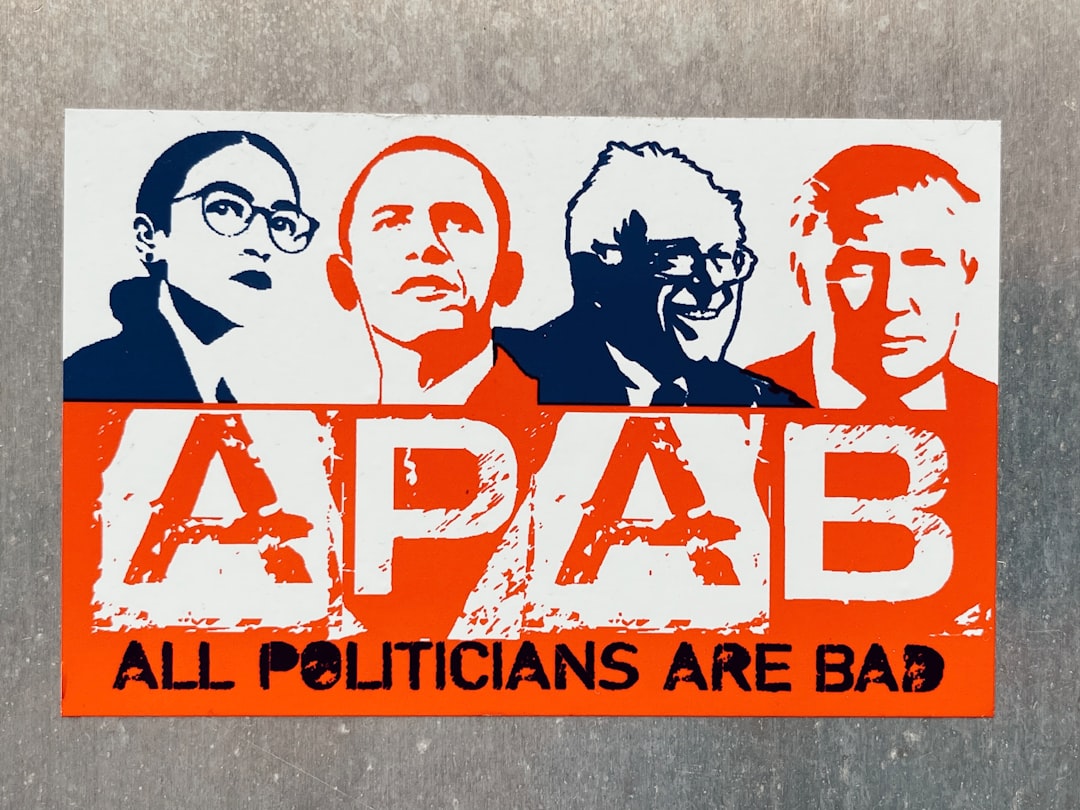Trump's New 19% Tariff 'Mega-Deals' Are Here, But The One Thing They're Missing Is Spooking Wall Street

Trump Touts Trio of Trade Wins
In a flurry of presidential announcements, Donald Trump has just pulled the curtain back on what his administration is billing as a trio of monumental bilateral trade agreements with key Asian partners. The deals, struck with Indonesia, the Philippines, and Japan, were presented as a major victory for American industry, promising to tear down import barriers and reset the terms of trade.
The headline numbers are certainly attention-grabbing. Trump heralded new tariff levels that sound decisive: a 19% rate for both Indonesia and the Philippines, and a 15% rate for Japan. The White House promises these agreements will finally open up markets for U.S. products that have long been shut out.
Big Numbers, But A Gaping Hole
But here's the catch that has experts and economists raising their eyebrows: beyond the big tariff figures, the deals are shockingly light on specifics. As the ink dries on these supposed agreements, crucial questions remain completely unanswered. How will they be enforced? What are the guarantees? What does the fine print actually say?
For now, nobody seems to know. The announcements have been almost entirely devoid of the critical details that transform a handshake into a workable trade pact. This has left American firms, the very companies that are supposed to benefit, in a state of confusion. Instead of celebrating, many are now grappling with even more uncertainty, adding to the anxiety they already face from Trump’s existing tariff policies that have threatened their profits.
An Economy on Edge
This ambiguity couldn't come at a worse time. The announcements have done little to calm the nerves of a U.S. economy that many analysts believe is already operating at stall speed. A persistent cloud of uncertainty now looms larger than ever.
While fears of an immediate recession have cooled slightly in recent weeks, the danger is far from over. A recent Wall Street Journal survey revealed that economists still see a 33% probability of a recession hitting within the next year—a significant jump from the 22% odds they saw at the beginning of 2025. Adding to the grim outlook, earnings estimates for the S&P 500 have already been revised downward by 3%, according to research from FactSet.
So, while the White House celebrates its deal-making prowess, the market is left to wonder. Are these substantive agreements that will fuel growth, or are they hollow pacts with big numbers and no backbone? For now, the lack of answers is the only detail that seems certain.

